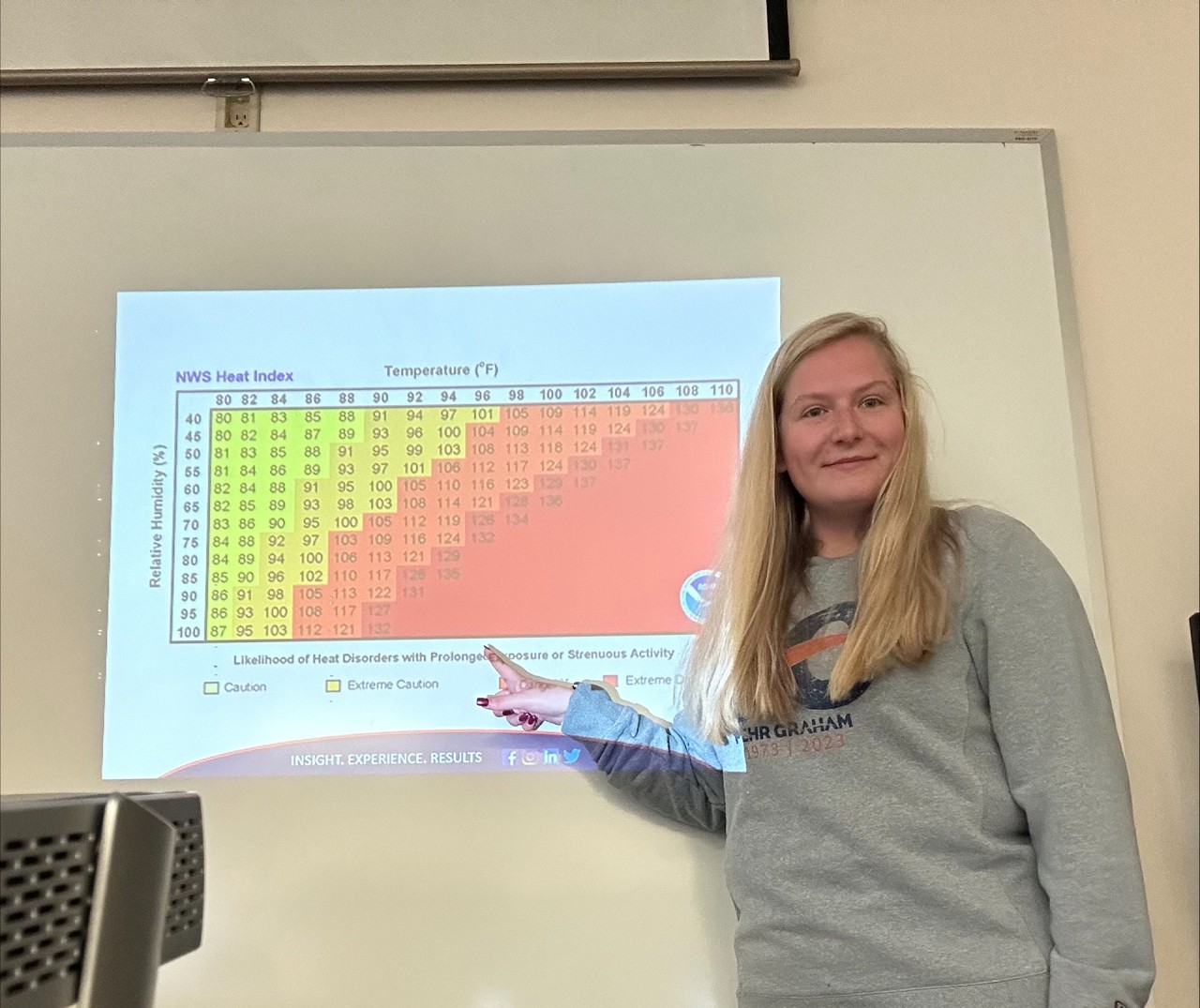Understanding heat-related illnesses and prevention tips
Blazing hot summer days can be brutal for everyone, but particularly for people working outside.
Heat-related illness is a real concern for employers whose teams are working in the elements. That's why it's crucial for managers and workers to recognize the dangers of overheating – and how best to prevent it.
Keep reading for a rundown of the main concerns when it comes to working in the summer heat.
Dehydration. The easiest and most preventable thing you can do is stay hydrated. Do that by drinking an average of eight ounces of water every 15 minutes while working or doing strenuous activities outside.
If you're not getting enough water to offset the fluid you are losing because of heat, you might experience thirst, fatigue, dizziness, headaches and confusion. Left untreated, this can lead to shock, seizures, kidney disease, heatstroke and high blood pressure, among other ailments.
Heat rash. While it won't affect everyone, heat stroke can happen to children and adults. Symptoms range from small blisters on the skin to large, inflamed lumps. In some forms, heat rash can also be itchy. In most cases, heat rash will go away on its own, but seek medical attention if it gets worse. Keep cool by wearing loose-fitting, lightweight clothing.
Heat cramps. These are cramps that occur because of large amounts of salt and water loss. Even when you drink enough water, you can still suffer from heat cramps after losing electrolytes . That's why you'll see athletes drinking electrolyte-infused drinks such as Gatorade, Powerade and Propel, instead of only water. You also can help ease heat cramps by eating foods such as bananas and lettuce and drinking coconut water.
Heat exhaustion. Many signs and symptoms might emerge here, including dizziness, fainting, excessive sweating, cool or pale skin, nausea, rapid or weak pulse and muscle cramps. If this happens, move to a climate-controlled area, drink water or Gatorade and place cold wet towels on the neck, armpits and groin. If symptoms deteriorate even after those measures are taken, seek medical attention.
Heat stroke. This is the most severe of all heat-related illnesses. Once you progress to this point, you could experience a throbbing headache, no sweating, rapid pulse, nausea and a temperature above 103 degrees. You might even lose consciousness. Call for emergency help immediately if you suspect someone is suffering from heat stroke, and begin cooling them with ice packs or cold cloths right away. Have an automated external defibrillator and first aid kit nearby in case symptoms escalate before medical personnel arrives.
With most heat-related illnesses, the first line of defense once symptoms emerge is to get out of the sun and cool your body. The best source of prevention is light clothing, water and electrolytes and regular breaks.
At Fehr Graham, we offer training on heat-related hazards in municipal and private industry settings. Classroom training is available to communicate the severity of this safety issue.
 |
Catelyn Remus, GSP, is an Environmental Health and Safety Specialist who develops effective safety programs for clients. She customizes environmental health training and is a creative problem-solver with strong communication skills. Catelyn follows Occupational Safety and Health Administration regulations and stays updated on ever-changing regulations for the workplace. Reach her at |
Collaborative, Insightful, Results-Driven Solutions
Fehr Graham provides innovative engineering and environmental solutions to help improve the lives and communities of our customers.

